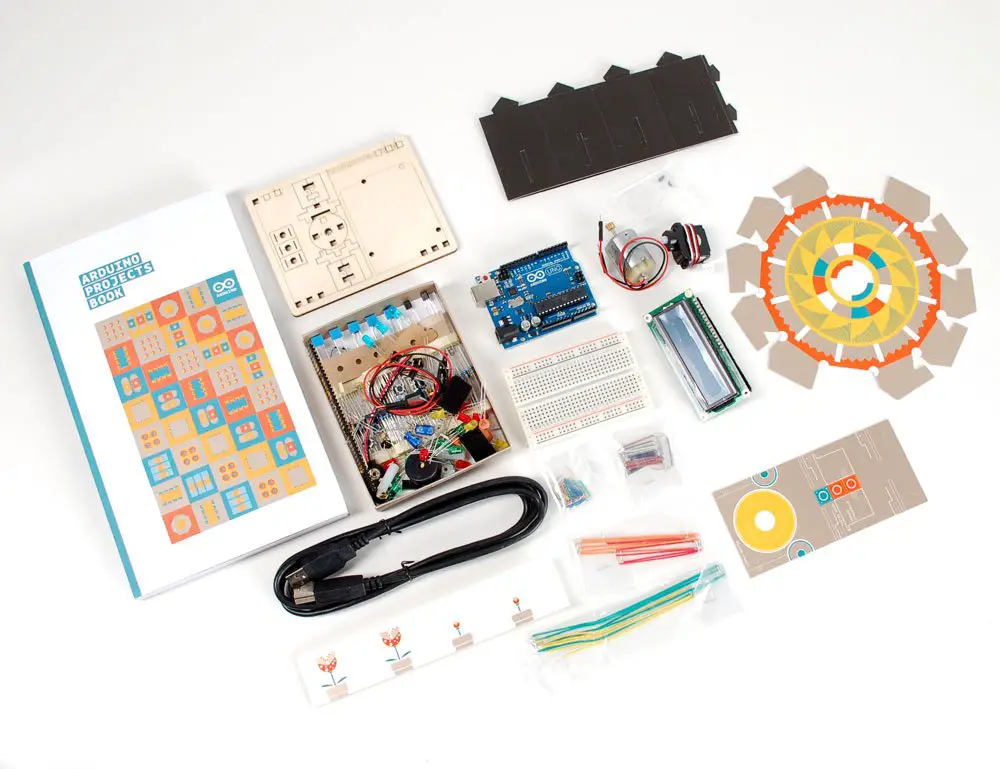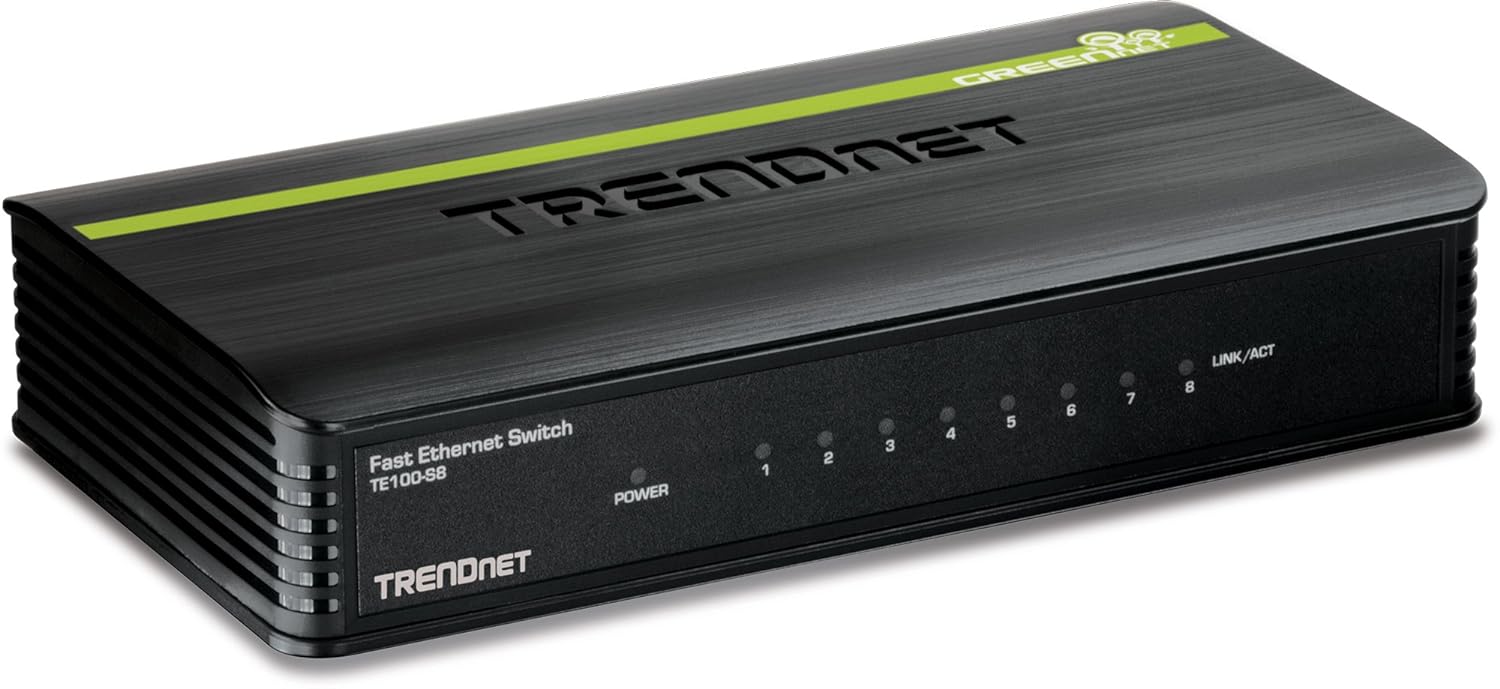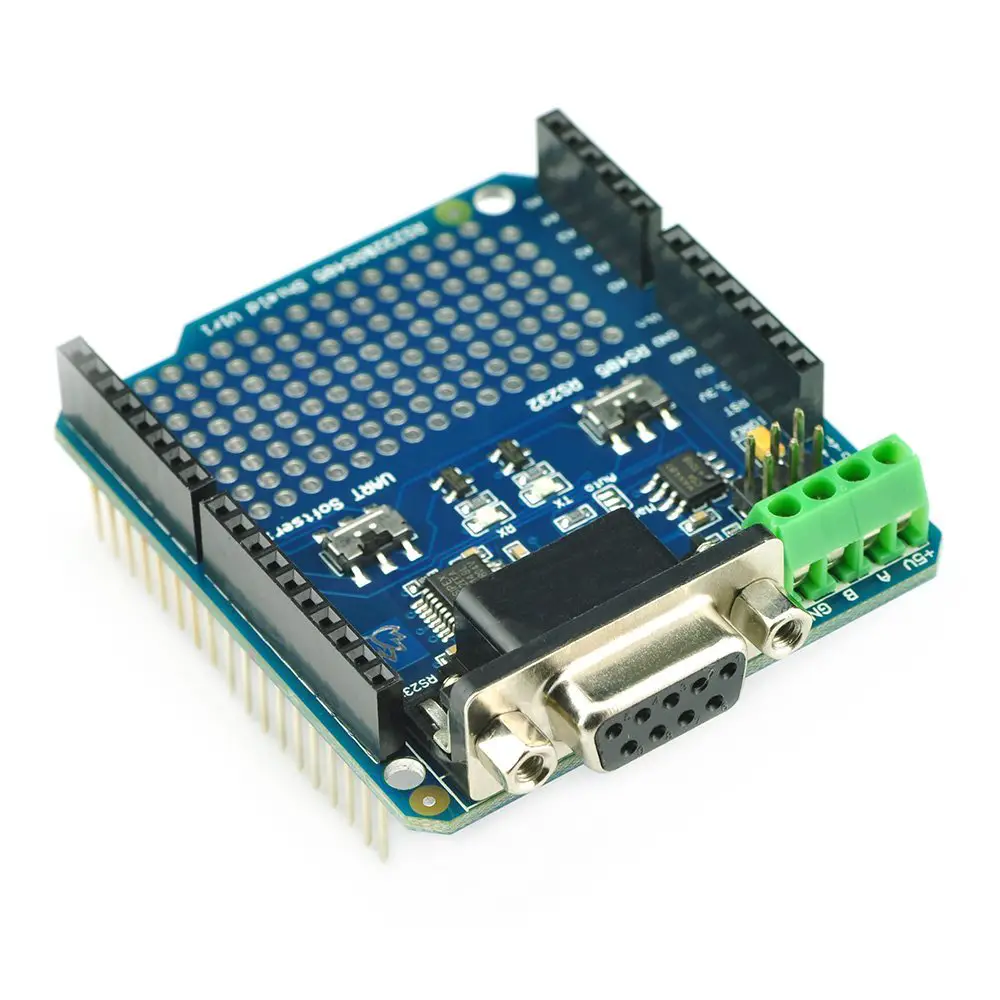; Date: Fri Nov 23 2018
Tags: Make Money with Gigs »»»» Gig Economy »»»»
Browsing Craigslist an ad caught my eye: "Earn $100+/night - Pick up and charge scooters on your way home." That sure caught my eye, unfortunately the reality of freelancing with Bird Scooters to recharge their scooters does not quite match up with the promise. It seems possible to earn that much a day, but you'd be scrambling to do so. Bird Scooters offers ad-hoc electric scooter rental in several cities around the USA, and is rapidly growing. It is one of several such companies, where the idea is to serve "last mile" transportation for folks who take a bus or train and need to get from the station to their office or whatever.
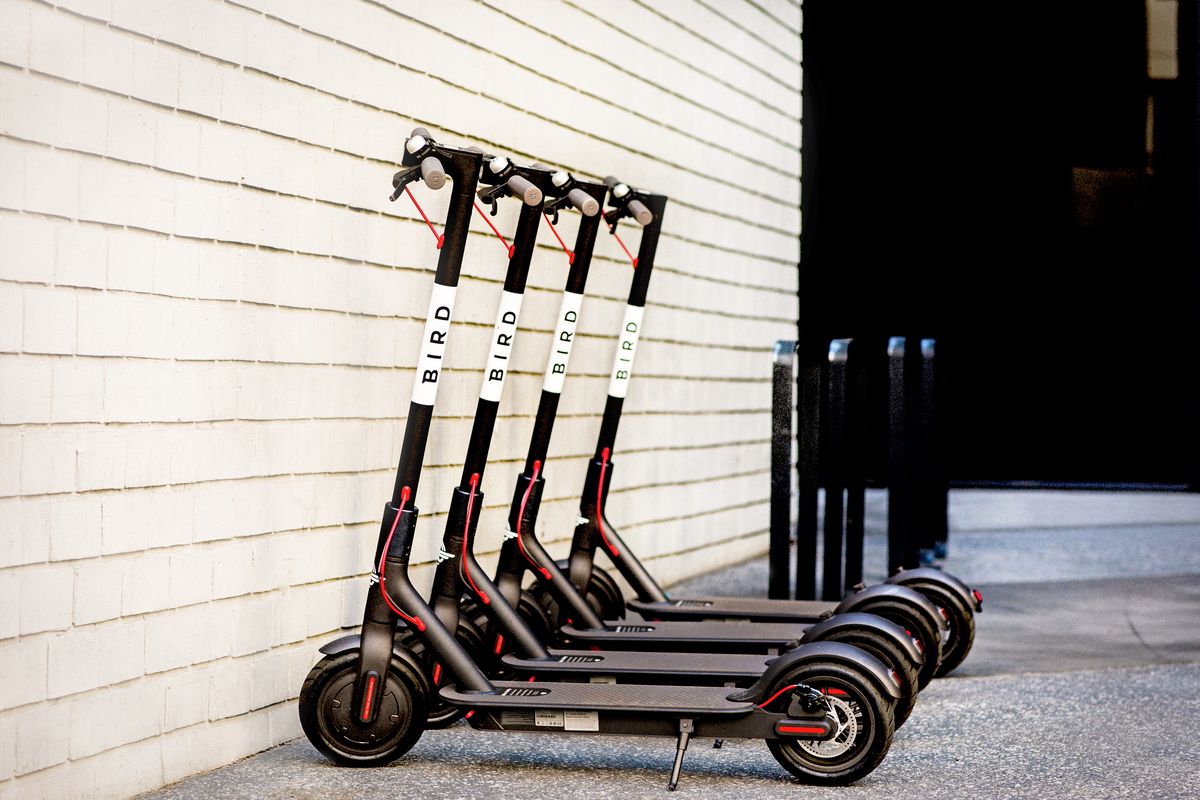
In the last year or so several startup companies began offering a similar service: Electric scooters or electric bicycles deployed around a city to help folks to cover the "Last Mile" of their trips.
The "Last Mile" is a hurdle for public transit. Namely, a bus or train route has its defined stops, but someones actual destination is likely somewhere else. Therefore some say taking the bus is too much of a hassle, and instead drive a car, which compounds traffic congestion and air pollution problems.
With rentable electric scooters or electric bicycles stationed around a city, the theory is that folks can ride the scooters or bicycles to close gaps in the transit system. This should make public transit more usable, and therefore more likely to be used.
But to deploy a fleet of small personal sized electric vehicles across a city requires having workers to handle recharging and maintaining the fleet. Every day each scooter should be picked up, taken somewhere for recharging, then released back to the city in a useful location.
At Bird Scooters, the staff of workers are independent contractors working on an independent contractor basis. Meaning, Bird Scooters recharging is part of the Gig Economy.
The pitch is -- this is easy -- you pick up a few scooters on your way home in the afternoon, plug them in to charging cords during the evening, then return the scooters to the street by the next morning. While recharging the scooters will take up to 5 hours, your personal time involvement is limited to picking up the scooters, plugging them in at home, then releasing them back to the city a few hours later.
For their trouble the workers are paid anywhere from $5 to $20 per scooter to recharge the scooters.
To make the $100 per day promised in the advert, you must therefore handle between 5 to 20 scooters per day.
Everything is handled through the Bird Scooters app. Registered charging staff can access a page in the app showing available scooters and the fee. One simply travels to the indicated location and picks up the scooters. At home, charging is handled using charging cords provided by Bird Scooters. Once the scooters are recharged, you again use the app to find "Nests" which are the designated locations to drop off scooters. Once the scooters are dropped off, Bird pays the fee through the Paypal account within a couple days.
Lime Scooters has a similar model
How does it work in practice?
The above is what one does ideally. It seems from available videos that in practice it's not quite that straight-forward.
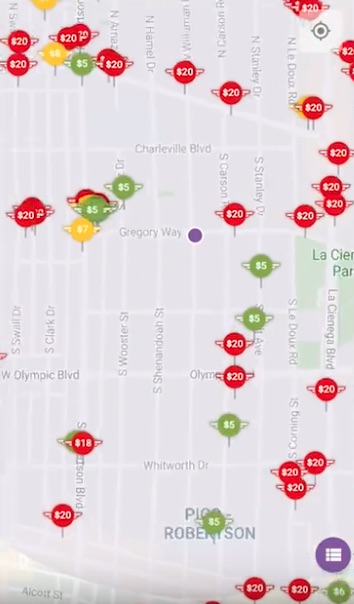
The map looks something like the above. You are shown
- Green - $5
- Yellow - $7
- Red - $20
Ergo, you want to find the scooters marked in red to earn that $20 reward, right? The problem is these scooters are difficult to find -- presumably Bird Scooters has had them in the map for awhile, and has raised the difficulty level to incentivize folks to find those scooters. Going by comments found on YouTube videos, the red scooters are often not there, or in folks back yards, and so on.
One is imagining that some Bird Scooter customers bring the scooter into their house so they can use it later? Or maybe vandalism or theft means some of the scooters have gone missing?
It's recommended to not waste much time trying to find the $20 scooters and instead to focus on the $7 scooters.
The next issue is competition. There are many folks signing up with Bird Scooters for this gig, meaning you'll be roaming the same streets as the others all competing to pick up scooters.
A big worry is -- how much electricity does it take to recharge the scooter? How much will it increase your electricity bill?
A scooter this size will have a 1/2 kiloWatt-hour battery pack, maybe 1 kiloWatt-hour. The cost will depend on the electricity fee/rate in your area. At my home it is $0.12 per kiloWatt-hour, and therefore a full recharge is in the $0.05-$0.10 range. But it'll be common that recharging requires less electricity than a full recharge.
In other words - the electricity cost is miniscule, and the real cost is your time and fuel/degradation of the vehicle you use to pick up and drop off scooters.



